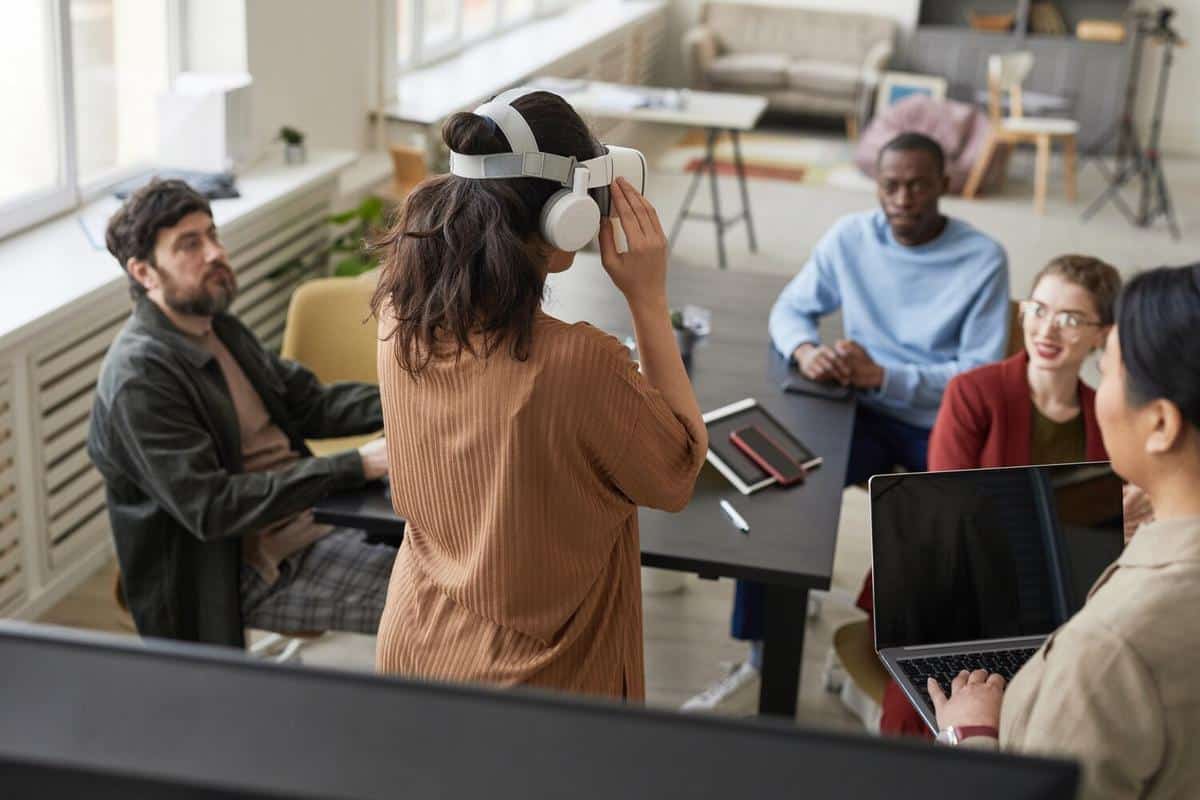
Augmented Reality Apps That Enhance School Lessons
Imagine a classroom where students not only read about historical events but can also experience them in a three-dimensional space. Augmented Reality (AR) is transforming such visions into reality, creating immersive learning experiences that captivate and educate simultaneously.
Augmented Reality (AR) apps are becoming a cornerstone in the landscape of educational technology, offering innovative ways to enhance traditional school lessons. By overlaying digital information onto the physical world, AR provides students with interactive and engaging learning opportunities that can make complex subjects more accessible and enjoyable.
The Impact of AR in Education
According to a report by the Statista, the AR market in education is expected to grow significantly in the coming years, indicating the increasing adoption of this technology in classrooms worldwide. Educators are leveraging AR to transform abstract concepts into tangible experiences that stimulate curiosity and enhance comprehension.
Expert Insights
Dr. Michael Smith, an education technology specialist, notes, “AR is not just a tool for engagement; it is a powerful medium for knowledge transfer. It bridges the gap between theoretical learning and practical application, particularly in STEM education.”
Real-World Applications
Consider the example of using an AR app in a biology class. Students can explore the human body in 3D, examining organs and systems in detail, which enhances their understanding and retention of complex biological processes. Similarly, history lessons can come alive as students witness historical events unfold around them, providing a deeper connection to the subject matter.
Actionable Tips for Implementing AR in the Classroom
- Start Small: Introduce AR in a single lesson plan to gauge student interest and engagement before expanding to other areas.
- Collaborate with IT: Work with your school’s IT department to ensure that the necessary technology and support are in place.
- Utilize Free Resources: Many AR apps offer free versions or trial periods. Explore these options to integrate AR without significant initial costs.
- Seek Student Feedback: Involve students in the evaluation process to understand what works and what can be improved.
Consider creating a dedicated AR corner in your classroom where students can explore AR apps independently during free periods. This encourages self-directed learning and curiosity.
Comparison of Popular AR Apps for Education
| App Name | Subject Focus | Features | Cost |
|---|---|---|---|
| AR Biology Explorer | Biology | 3D Models, Interactive Quizzes | Free/Subscription |
| History AR | History | Virtual Tours, Timelines | One-Time Purchase |
| Math AR | Mathematics | Problem Solving, Visualization | Free |
| Language AR | Languages | Immersive Scenarios, Vocabulary Building | Subscription |
| Physics Playground | Physics | Experiments, Simulations | Free/Subscription |
| AR Chemistry Lab | Chemistry | Reaction Simulations, Safety Tips | Subscription |
| Geo AR | Geography | Map Exploration, Landforms | Free |
| Art AR | Art | Gallery Visits, Artist Insights | One-Time Purchase |
FAQ
How do AR apps enhance learning?
AR apps enhance learning by providing interactive and immersive experiences that make abstract concepts more tangible and engaging for students.
Are AR apps expensive?
Many AR apps offer free or low-cost options, making them accessible for most educational settings. Some advanced features may require a subscription or one-time purchase.
What subjects benefit most from AR technology?
Subjects like biology, history, and geography particularly benefit from AR, as the technology can bring these areas to life through 3D models and immersive experiences.
In conclusion, augmented reality apps are reshaping the educational landscape by providing innovative ways to engage students. By incorporating AR into lessons, educators can create dynamic learning environments that not only enhance student understanding but also foster a love for learning. As technology continues to evolve, the potential for AR in education will only grow, offering even more opportunities to enrich the classroom experience.


